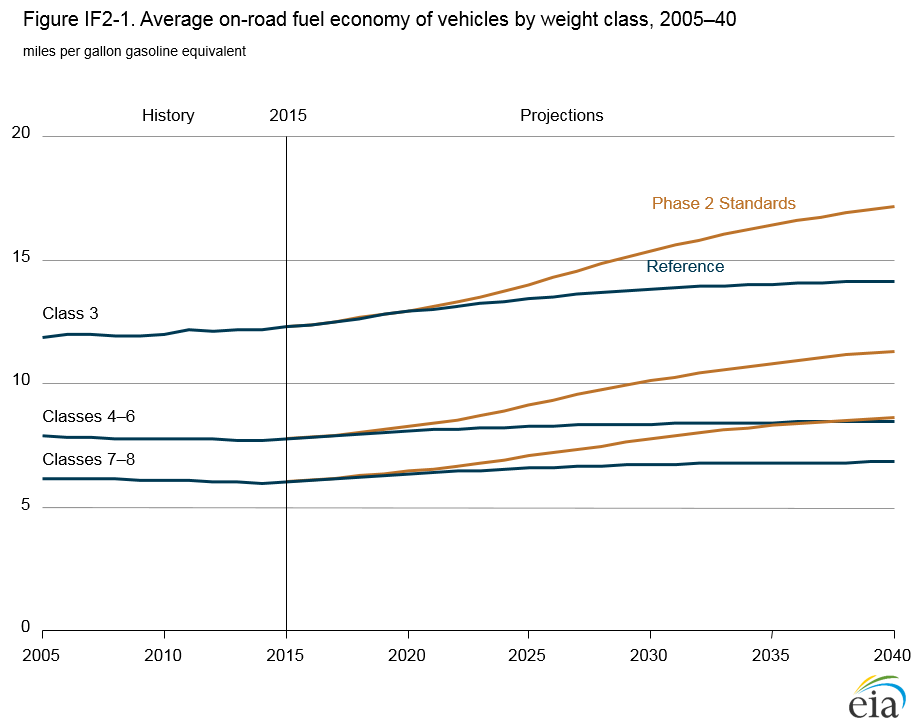They refer to the projections as "Low Oil and Gas Resource", "Reference", and "High Oil and Gas Resource". But one of the three looks remarkably different from the other two. Astonishingly different:




Alfred Tennyson wrote:We are not now that strength which in old days
Moved earth and heaven, that which we are, we are;
One equal temper of heroic hearts,
Made weak by time and fate, but strong in will
To strive, to seek, to find, and not to yield.



collapsenik wrote:So…does anyone know why?



ROCKMAN wrote: Which brings us again back to the same point: what is the basis for any projection?






ROCKMAN wrote: Same thing with the shale play projections: show me a map with the future wells spotted (as optimistic as you like) and then we'll have the basis for a discussion. Until then it's a waste of time to speculate.




Users browsing this forum: No registered users and 115 guests